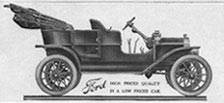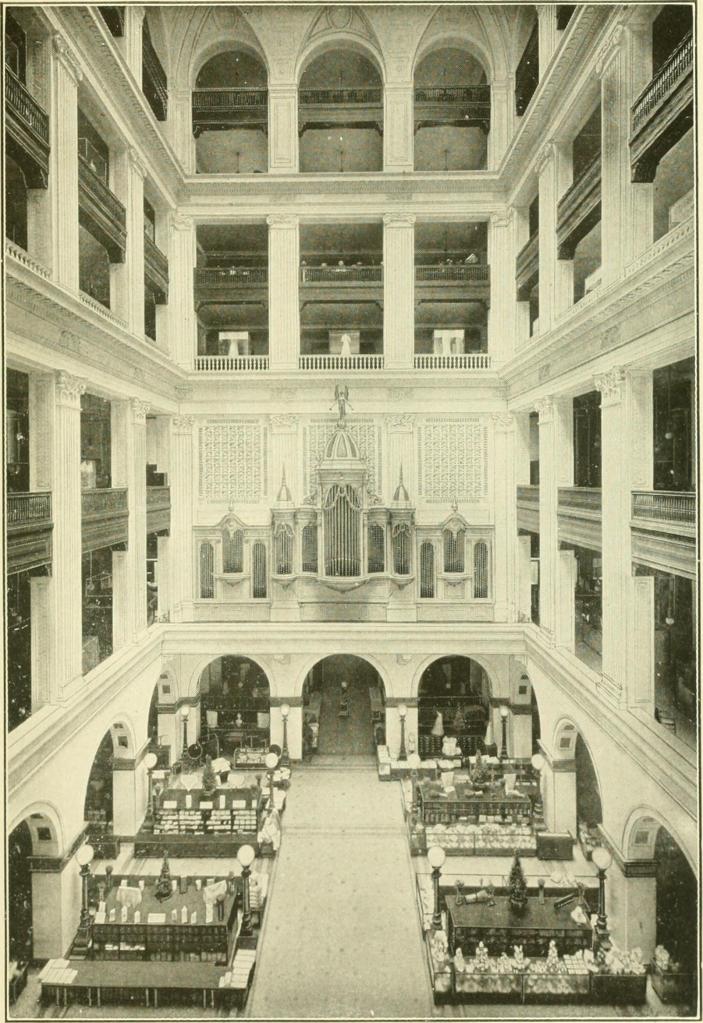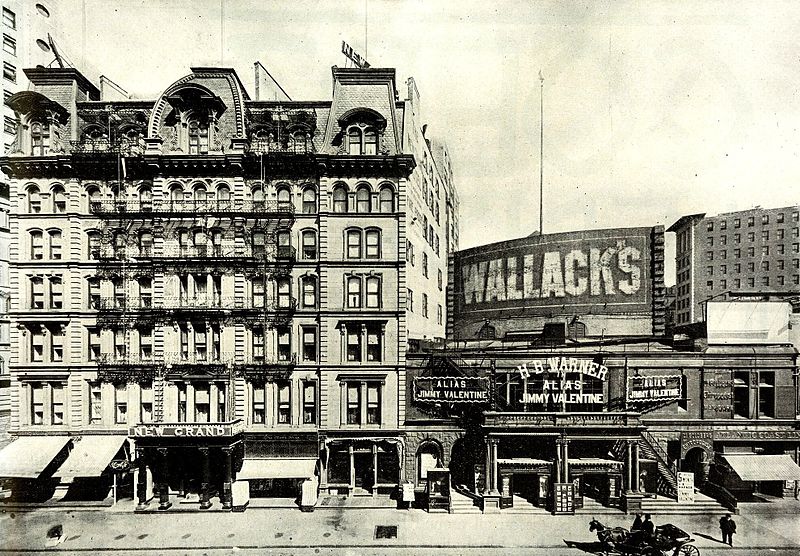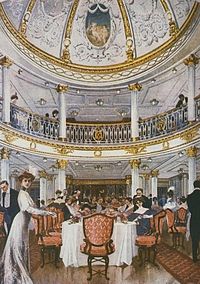Someone recently asked me, “What is ‘historical fiction’?” I never realized it was a confusing phrase until I really thought about it and concluded that it sounds like an oxymoron. Here, I will do my best to explain historical fiction and the process that goes into writing it.
Historical fiction can be written in different ways. For example, I take fictional characters and insert them into real historical dates, events, and locations. Other authors might take real historical figures and insert them into fictional conversations and situations. Either way, many historical fiction authors do their best to make situations plausible, as if these things could have really happened during the historical era.
Of course, this takes research. Sometimes, this can be the funnest part of historical fiction writing: looking at photos of pretty dresses, classic cars, and old advertisements, watching documentaries. Other times, it can be rather tedious: reading for hours through old laws and calculating exact dollar amounts before inflation.
In one instance in my series, a character buys an automobile for the first time. Here are some of the questions I had to find answers to in order to accurately reflect the moment:

What cars were available at the time?
How many passengers could it hold? Can my characters sit side-by-side?
How does one enter and exit the vehicle? Is there a door?
What material is used for the seat covers?
How long would it take to drive to one’s destination as opposed to taking the horse-drawn carriage?
How much does it cost? Is this expensive or affordable for the common people? Only for the rich?
A historical fiction author is allowed to take liberty in how much of his/her story is historical and how much is fiction. I invented a fictional town as the main setting for my series, yet many references are of real locations in Pennsylvania (Philadelphia, Lancaster, and Johnstown). In one story, the ladies visit a department store in Philadelphia called Wanamakers. This is a historic, real life building that is now the Macy’s that holds famous Thanksgiving parades. It was the first department store that the big city of Philadelphia had ever known. It was also exquisitely built and decorated!
 One of my favorite times is when the characters stay overnight in New York City before their voyage aboard the Lusitania. The ladies stay at the Grand Hotel, adjacent to Wallack’s Theater, and later attend A Midsummer Night’s Dream…a play that was actually showing at that theater at that time! Historically, the theater closed the very next day (the day of the sailing of the Lusitania). Since I really wanted the characters to stay in this particular hotel on this particular night and see this particular play, it was a lucky break for me!
One of my favorite times is when the characters stay overnight in New York City before their voyage aboard the Lusitania. The ladies stay at the Grand Hotel, adjacent to Wallack’s Theater, and later attend A Midsummer Night’s Dream…a play that was actually showing at that theater at that time! Historically, the theater closed the very next day (the day of the sailing of the Lusitania). Since I really wanted the characters to stay in this particular hotel on this particular night and see this particular play, it was a lucky break for me!

I spent the most time researching the Lusitania’s last voyage. I read survivors’ stories, watched documentaries, and studied photos and descriptions of the interior of the ship. Then, I placed the characters in the midst of it all, from embarking the ship on the pier in New York, to sinking off the coast of Ireland!


More topics from American history that readers can expect in the Davenport House series:
Victorian mourning tradition
Inheritance law
Social class segregation
Conflict between Irish and Italians
Conflict between Protestants and Catholics
WWI
Prohibition
Women’s Suffrage
Women’s Rights
Technology in the Progressive Era
Since I love history, historical fiction writing is a pleasure for me. It is my hope that readers enjoy the historical elements that play out in each book to reflect life in America as it may have been one hundred years ago. Thank you for reading!







I am so glad I read this post. This series sounds wonderful and I love well-researched historical novels.
LikeLike